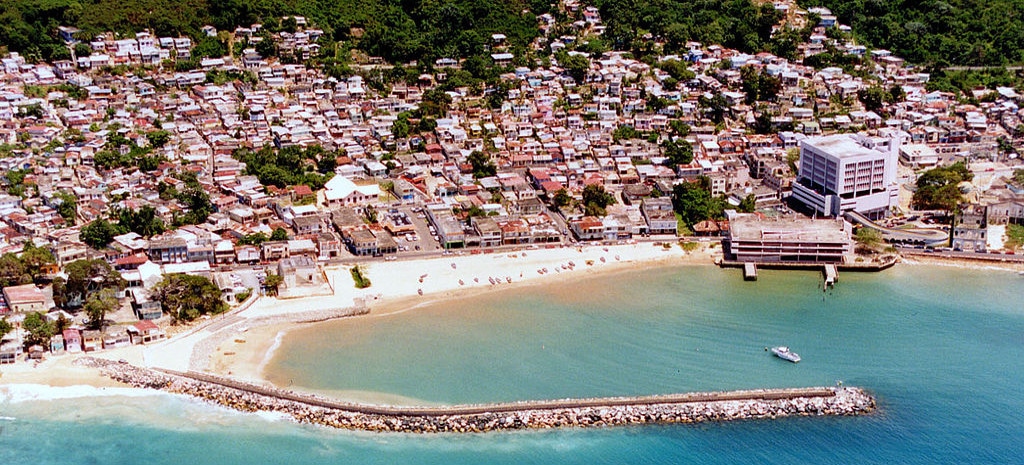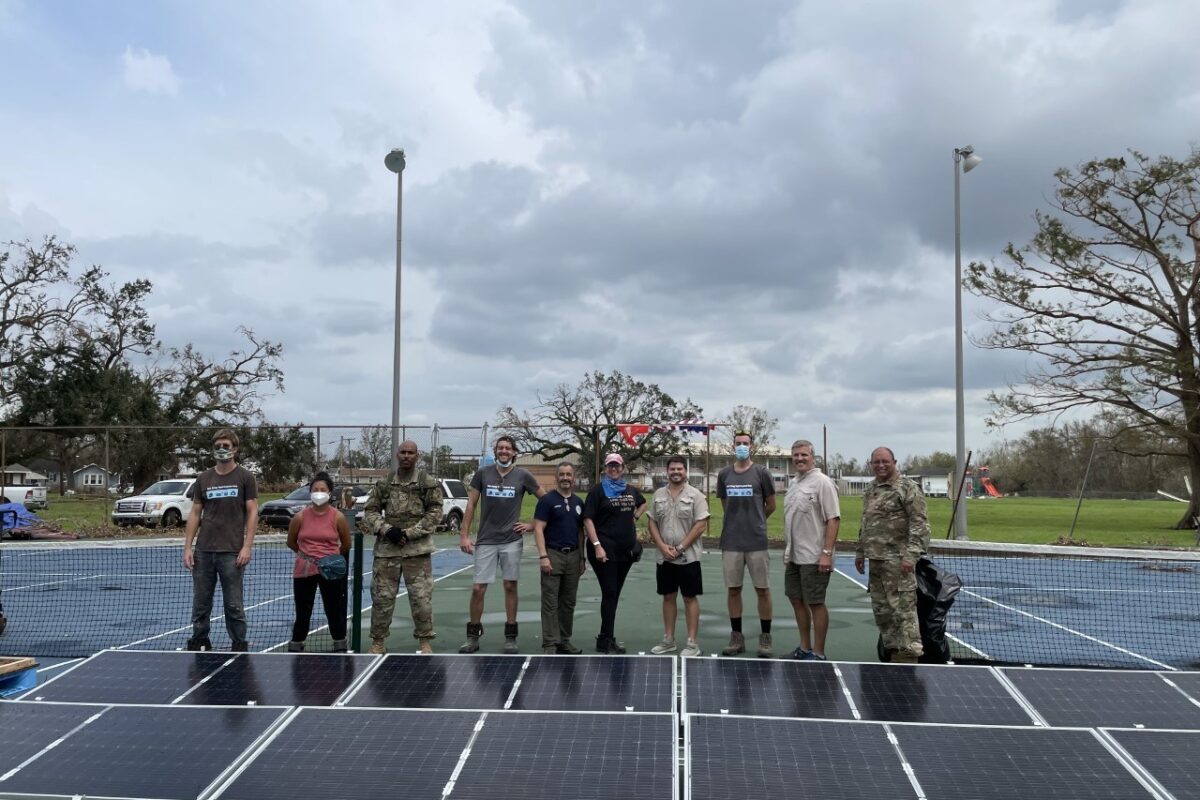Utility long-term plans are often based on moving targets; they are documents that seek to establish what a region’s resource mix will look like, despite factors such as changing market conditions and policies.
This is perhaps more true of Puerto Rico than anywhere. For months Puerto Rico’s state-owned utility, the Puerto Rico Electric Power Authority (PREPA) has been working on its first Integrated Resource Plan (IRP) since Hurricane Maria devastated the island.
In mid-March the Puerto Rico Energy Bureau rejected the document, citing numerous deficiencies. But the plan has a more central problem: it does not appear to have anticipated a future of very high levels of renewable energy, and this will be the law when Governor Rosselló signs PS 1121, which mandates a path to 100% renewable energy on the island.
Issues with the IRP
pv magazine has obtained the Puerto Rico Energy Bureau’s order rejecting PREPA’s IRP, and it is nothing less than damning. Two appendices covering 22 pages of the order detail the areas in which the IRP is incomplete, and much of it can be summarized in that PREPA has not shown the math as to why it chose the resource mix that it did.
Much of this involves a preference for containerized LNG, and as noted in previous pv magazine coverage the IRP shows a disregard for the contributions of behind-the-meter solar.
In the order Energy Bureau orders also PREPA to re-model availability of wind and battery resources based on its previous orders; in one specific section it notes that PREPA has provided no justification for its limits on solar and batteries from 2022 onward, or the idea that efficiency gains will cease after 10 years, or a variety of other assumptions that all point in the direction of continued dependence on imported gas.
Impossible to provide input
And while disregarding Energy Bureau orders, PREPA also appears to have failed to incorporate meaningful input from the island’s solar and battery storage installers. In a conversation with pv magazine, P.J. Wilson, the president of SEIA affiliate SESA-PR, has stated that no one he knew was able to provide meaningful input into the IRP.
“They promised three workshops, then they held one workshop that was not announced,” Wilson told pv magazine. “It was the most non-transparent process I could think of.”
Instead of the kind of robust stakeholder process that is expected, Wilson says that instead the IRP appears to have been developed by Siemens, PREPA’s advisor, and a company that is heavily involved in the liquefied natural gas (LNG) industry.
Rush to LNG
However, Wilson notes that the larger problem will be PS 1121, which is expected to be signed by Governor Rosselló any day now. “It was developed based on the existing law,” states Wilson. “The moment that the governor signed 1121, they would have to go back and revise it.”
However, this has not stopped PREPA from moving ahead with efforts to get as much gas online before it has to plan for a renewable energy future. As reported by the Institute for Energy Economics and Financial Analysis (IEEFA), PREPA has signed a contract to convert two units in its San Juan power plant to natural gas through a 5-year contract with New Fortress Energy, which will supply the gas, convert the units to burn gas, and develop an LNG import infrastructure in San Juan.
IEEFA argues that as the project was decided on before the IRP was completed, there is no evidence that converting the two units was the most cost-effective course to pursue, and states that the savings estimates are both widely varying and are contradicted by PREPA’s own data.
The Energy Bureau also questions PREPA’s assumptions around LNG, and in its order rejecting the IRP specifically asked for more detail on prices around gas, including whether Jones Act-compliant LNG ships will be available.
As for the contract with New Fortress Energy, this would not be the first questionable deal that has been struck with a company from the mainland since Hurricane Maria, and it remains to be seen the degree to which the government of Puerto Rico can rein in its utility.
“I would think that if there were to be an IRP that is credible, they would err on the side of an abundance of transparency and participation,” noted SESA-PR’s Wilson.
This content is protected by copyright and may not be reused. If you want to cooperate with us and would like to reuse some of our content, please contact: editors@pv-magazine.com.









Always interesting
Somebody should investigate this fraud! PREPA does not want solar energy in PR.